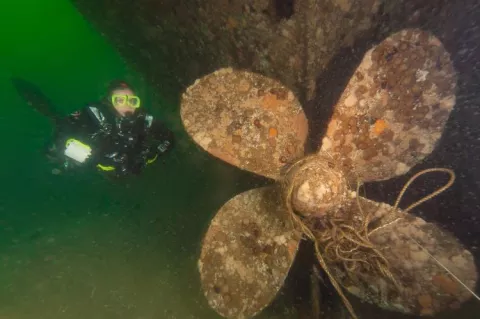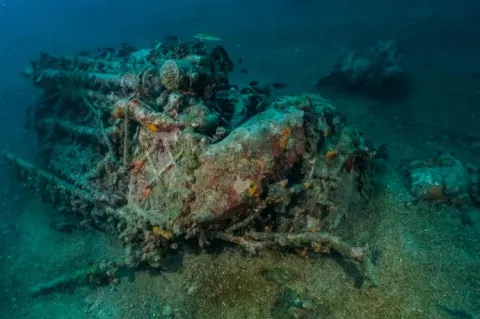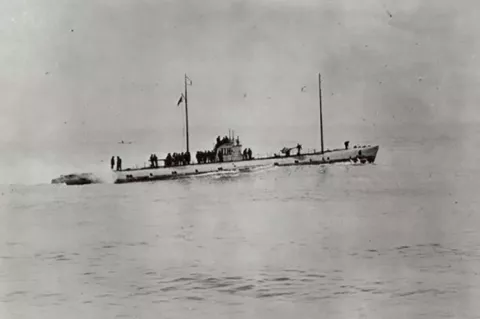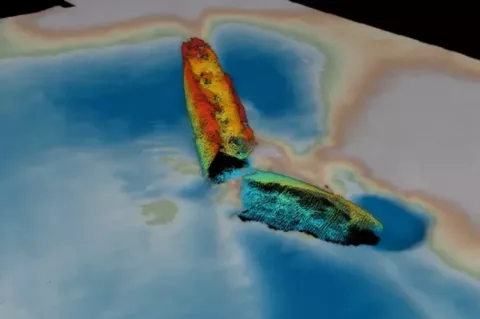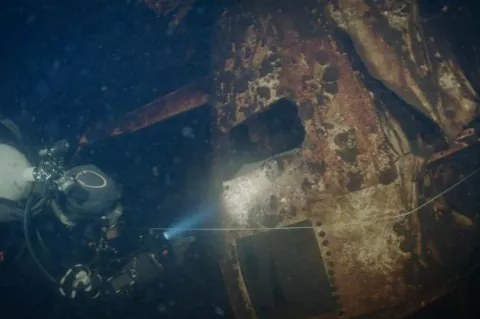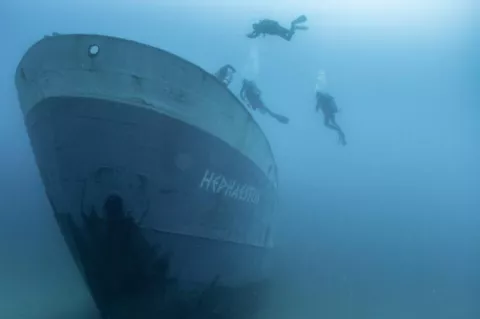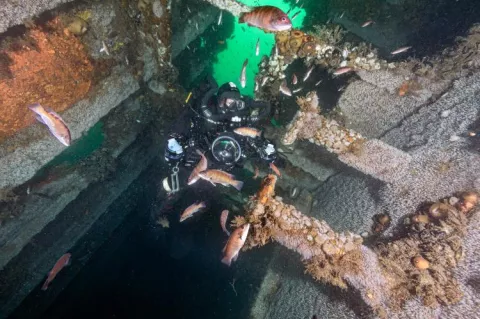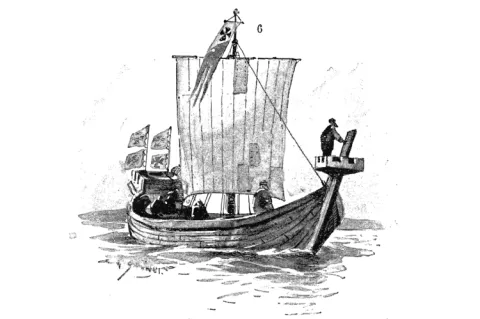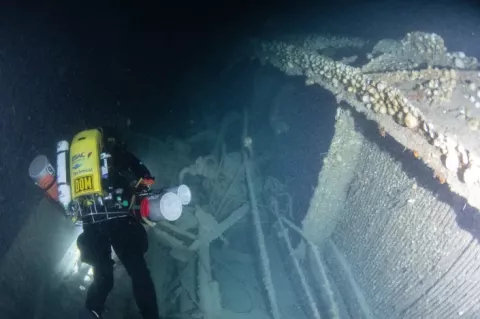Northeast Wrecks – Part 3: Artificial Reef Wrecks
In Part One and Part Two of this series, we discussed US Northeast wrecks that sank because of collisions and war. There are also many structures that have purposely been sunk as artificial reefs off the New York and New Jersey coasts. Larry Cohen and Olga Torrey have the story.

